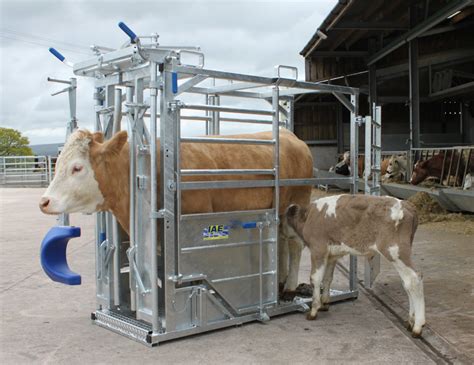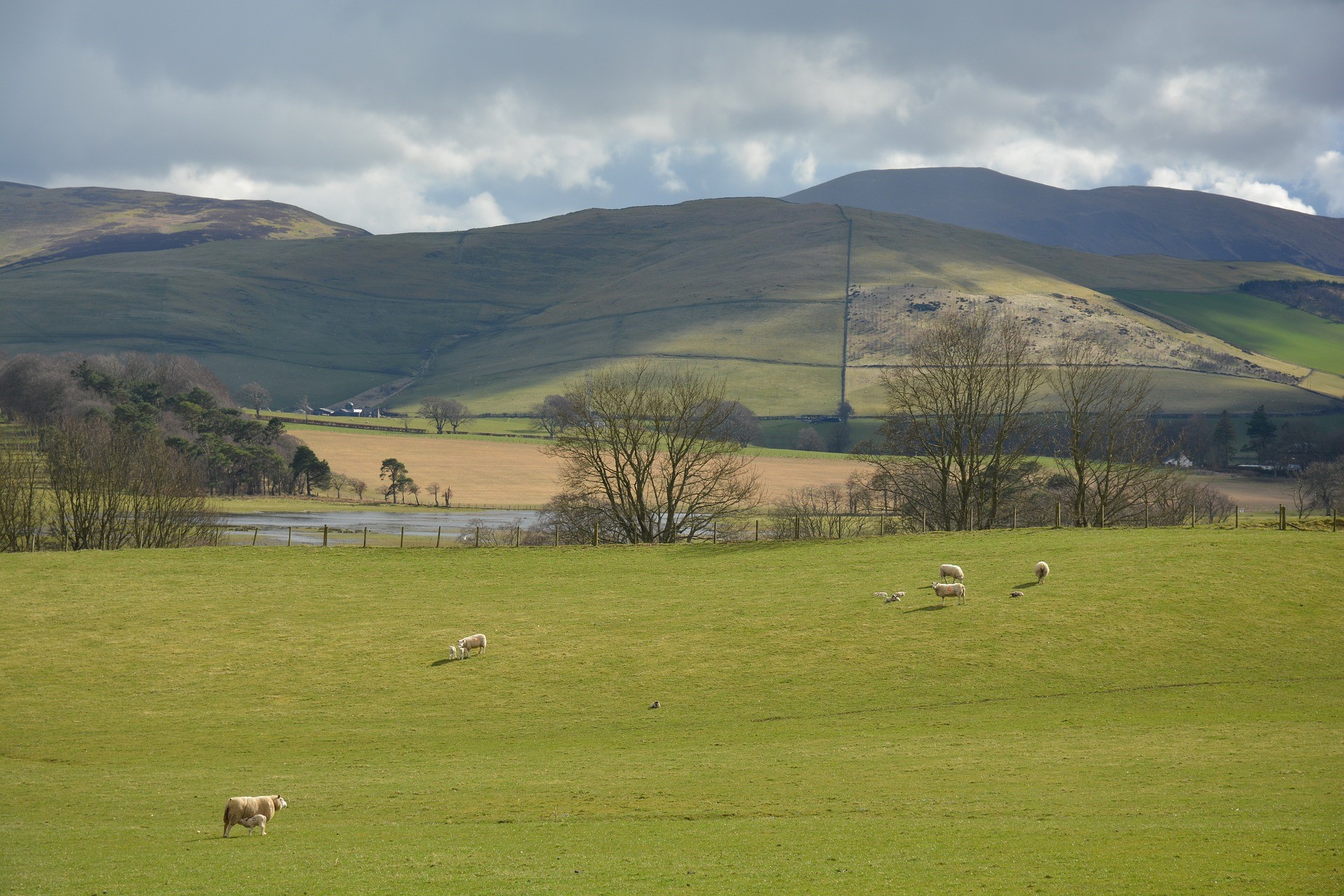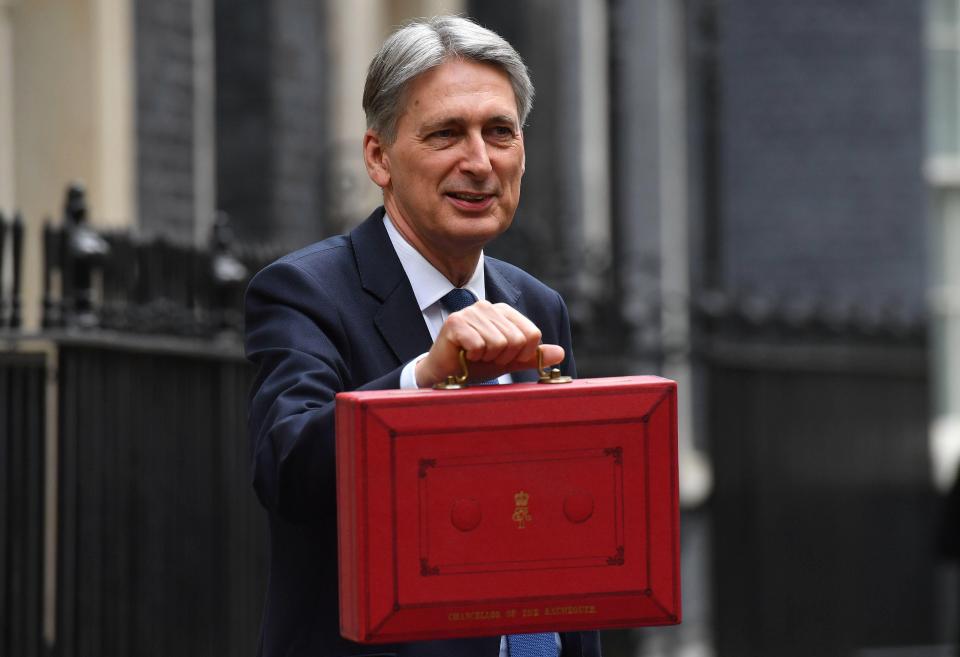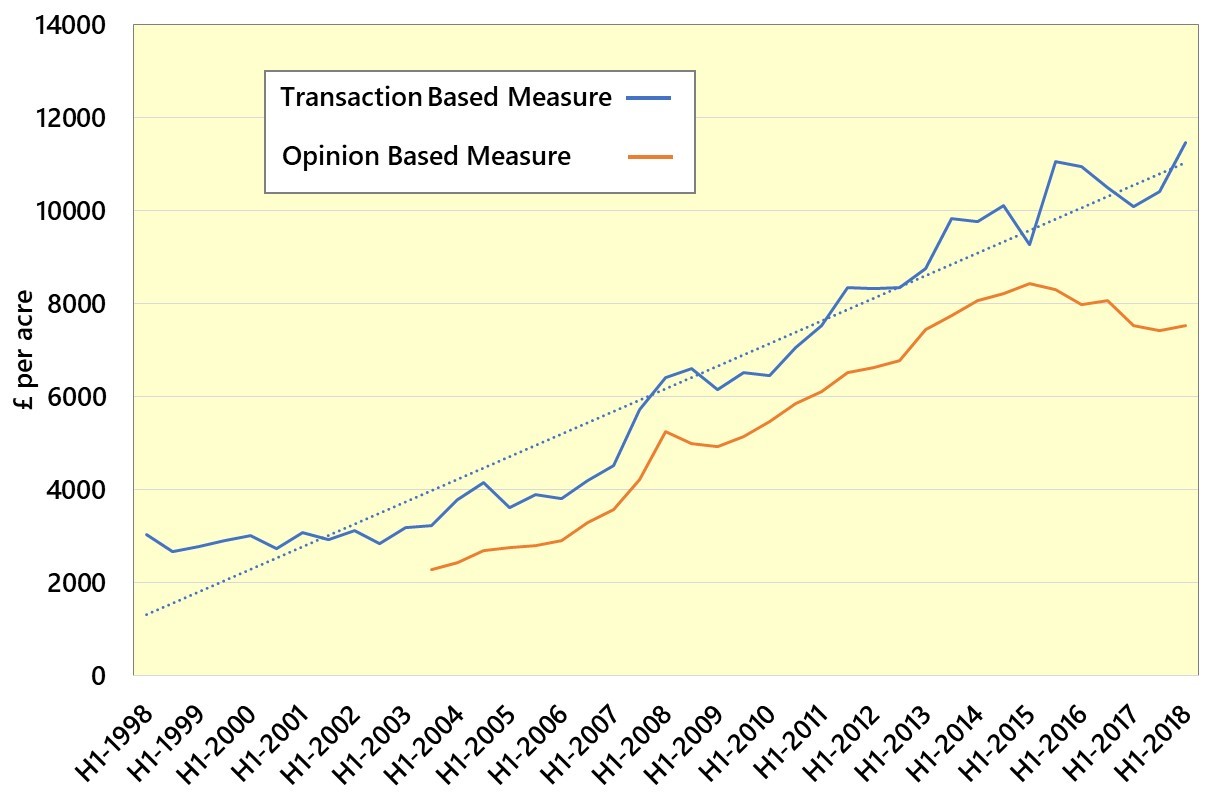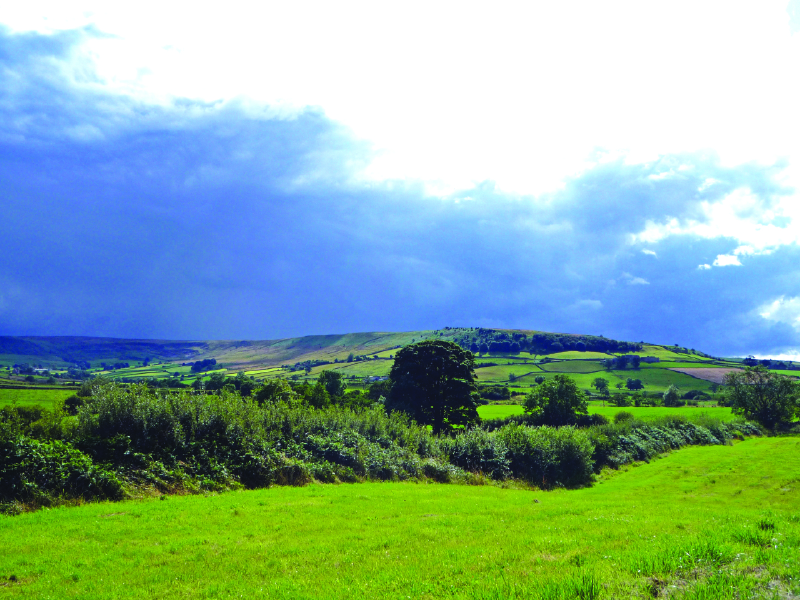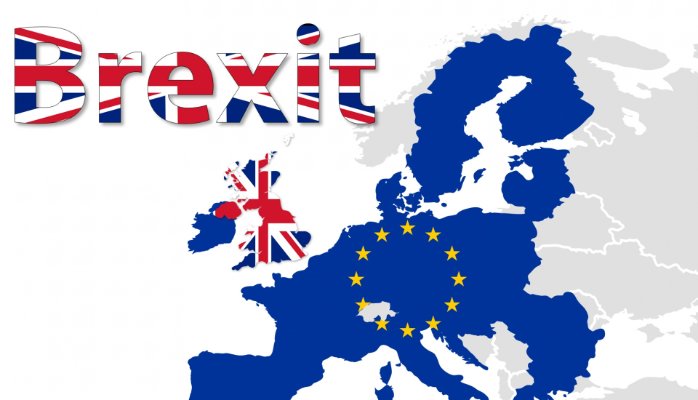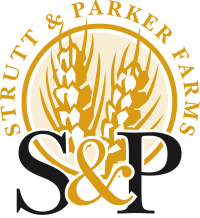Events of the last month seem to have made the prospect of a No-Deal Brexit more likely. As outlined previously, the consequences of this for UK agriculture would be severe.
Firstly, the Prime Minister Teresa May appeared at a summit of EU leaders in Salzburg to argue the case for the UK’s proposal for a Future Relationship – the so-called ‘Chequers Plan’. The reaction of the European leaders could be described as ‘lukewarm’ at best. It appears that the proposals would require significant amendments to be acceptable to the EU; amendments that would be hard to sell to the Mrs May’s own Party.
The UK Government continues to publish its Technical Notes on No-deal Planning (see last month’s article for more detail). Part of the reasoning behind this appears to be to make a convincing case to Europe the EU has a ‘Plan B’ and could and would walk away from a bad deal. Unfortunately, at present, the EU does not seem to be buying it. It believes it has a strong negotiating hand, can stick to its agreed positions, and does not need to compromise.
Secondly, the Labour Party conference saw an announcement that the Party would be almost certain to vote against any deal that Teresa May negotiates if it is based on the Chequers blueprint. This seems a naked political calculation, as the hope is that the Parliamentary rejection of a Brexit deal will lead to a General Election which the Labour Party is obviously hopeful of winning. With a group of fundamentalist Conservative Brexiteers also likely to vote against any deal, then the Parliamentary arithmetic is looking shaky for the Prime Minister.
The Labour Party also opened the possibility that it would back a second referendum to break the deadlock in Parliament if necessary. The momentum for a ‘peoples’ vote’ seems to be growing. Quite how this could be accomplished with the clock ticking down to 11pm on the 29th March 2019 is not clear.
